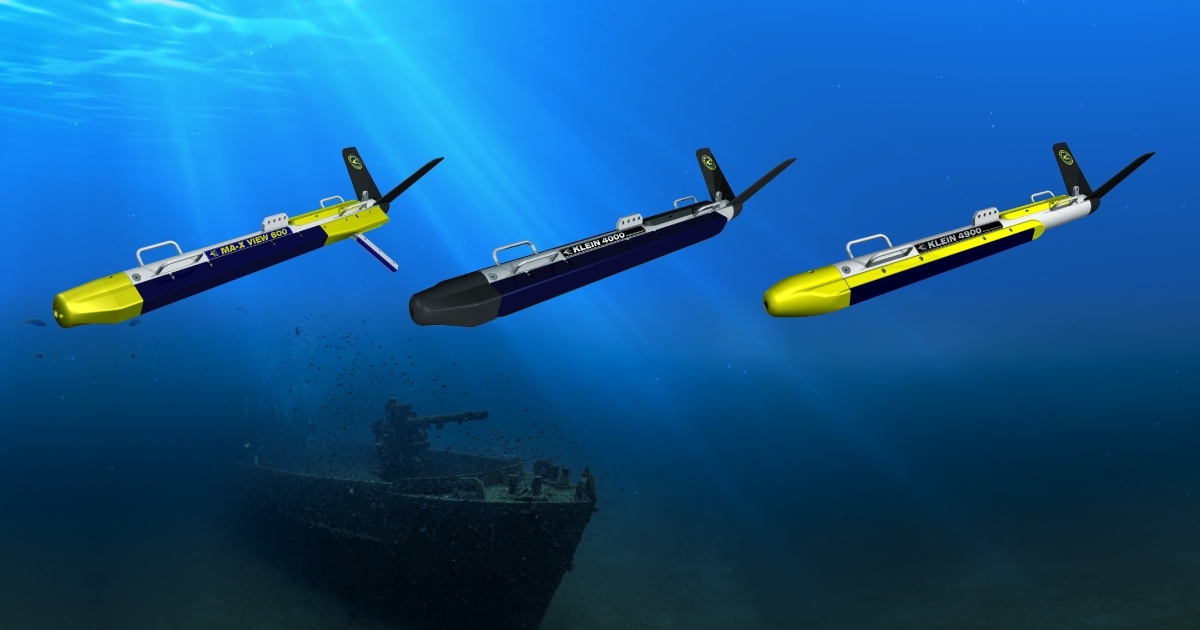
The use of advanced materials in defense technology has revolutionized the way military gear is designed and utilized. This article aims to analyze the groundbreaking use of carbon nanotube armor, smart materials in military gear, and advanced composite materials for defense applications.
It will also evaluate the role of nanomaterials in enhancing ballistic protection and the functionality of lightweight military equipment.
Through a thorough and objective examination, this article seeks to provide valuable insights into the future of defense technology and its potential impact on soldier safety and operational efficiency.
Key Takeaways
- Carbon nanotube armor, smart materials in military gear, and advanced composite materials are revolutionizing defense applications.
- These materials offer exceptional ballistic protection, lightweight military equipment, and enhanced durability and resistance to extreme conditions.
- Nanomaterials play a vital role in providing enhanced soldier safety through their lightweight yet highly durable properties, ability to absorb and dissipate impact energy, and integration of sensors and smart technologies.
- Lightweight military equipment provides superior strength-to-weight ratios, adaptability to changing conditions, and tactical advantages through swift and covert movement.
Carbon Nanotube Armor: A Game-Changer in Defense Technology
Carbon nanotube armor has emerged as a transformative technology in the field of defense, offering significant advancements in ballistic protection and lightweight military equipment.
The carbon nanotube manufacturing process involves the synthesis of cylindrical carbon structures with diameters on the nanoscale. These structures possess exceptional mechanical properties due to their high aspect ratio and atomic arrangement.
When used as armor, carbon nanotubes provide exceptional impact resistance, surpassing traditional materials such as Kevlar or steel. Their unique structure allows them to dissipate energy efficiently by absorbing and redistributing the force exerted upon impact. This capability significantly reduces the likelihood of penetration or damage from projectiles, making carbon nanotube armor highly effective in protecting military personnel and equipment.
Moreover, its lightweight nature allows for increased mobility without compromising safety.

Overall, carbon nanotube armor represents a game-changer in defense technology by providing superior ballistic protection while maintaining optimal maneuverability for military operations.
The Power of Smart Materials in Military Gear
Utilizing intelligent materials in military gear enhances its capabilities and effectiveness. Smart materials play a crucial role in soldier gear innovation, offering advanced functionalities that enhance the performance of military equipment.
Sensor Integration: Smart materials can be embedded with sensors that detect and respond to changes in the environment or the wearer's body. This allows for real-time monitoring of vital signs, environmental conditions, and potential threats, providing valuable information to soldiers.
Adaptive Protection: Military gear equipped with smart materials can adapt and respond to varying levels of threat. For example, self-healing polymers can repair damage inflicted on armor during combat, ensuring continuous protection for soldiers.
Energy Harvesting: Smart materials have the ability to harvest energy from their surroundings. This energy can power various devices within soldier gear, reducing reliance on external power sources and increasing operational endurance.
By incorporating smart materials into military gear, advancements are made in soldier safety, situational awareness, and overall mission success. These innovations contribute to a more efficient and capable military force.
Advancements in Advanced Composite Materials for Defense Applications
Advancements in the development of composite materials have significantly contributed to the enhancement of defense applications. Advanced composite materials possess exceptional mechanical properties that make them suitable for various military equipment. These materials are composed of two or more constituents, such as fibers and matrices, which work synergistically to provide improved performance compared to traditional materials.

By utilizing advanced composites, military gear can achieve higher strength-to-weight ratios, enhanced durability, and increased resistance to extreme conditions. For example, carbon fiber-reinforced polymers offer excellent ballistic protection while maintaining lightweight characteristics. Additionally, advanced composites can be tailored to specific requirements by adjusting the composition and arrangement of constituent materials. This allows for the optimization of properties such as stiffness, strength, and toughness according to the intended application.
Overall, advancements in advanced composite materials have revolutionized defense applications by providing lightweight yet robust solutions for military equipment.
Nanomaterials for Ballistic Protection: Enhancing Soldier Safety
The application of nanomaterials in the field of ballistic protection has significantly improved the safety of soldiers. Nanomaterials have revolutionized the design and manufacturing of ballistic armor, providing enhanced protection against high-velocity projectiles and explosive fragments. The advancements in nanotechnology have enabled the development of lightweight yet highly durable materials that can effectively absorb and dissipate impact energy. This has led to the creation of body armor that offers increased mobility and comfort without compromising on protection.
Furthermore, nanomaterials have also made it possible to integrate sensors and smart technologies into military gear, allowing for real-time monitoring of soldier health conditions and environmental factors. The use of nanomaterials in soldier protection demonstrates their potential to transform traditional defense equipment into more efficient and effective tools for safeguarding soldiers on the battlefield.
Some examples of advanced nanomaterials used in ballistic protection include:
Carbon nanotubes: These strong, lightweight structures offer excellent mechanical properties, making them ideal for reinforcing ballistic armor.
Graphene: With its exceptional strength-to-weight ratio, graphene can provide superior protection while maintaining flexibility.
Nanostructured ceramics: These materials exhibit high hardness and toughness, offering improved resistance against penetration from projectiles.
Self-healing polymers: Nanotechnology enables the development of self-repairing materials that can heal minor damages to maintain optimal performance over time.
By utilizing these advanced nanomaterials in ballistic protection, military personnel can benefit from enhanced safety measures while maintaining freedom of movement during combat situations.
Lightweight Military Equipment: Functionality and Efficiency
Lightweight military equipment enhances the effectiveness and efficiency of soldiers in combat situations. The functionality and durability of such equipment play a crucial role in ensuring the success of military operations.
By utilizing advanced composite materials, manufacturers are able to create gear that is lightweight yet robust enough to withstand harsh environments. These materials offer superior strength-to-weight ratios, allowing soldiers to carry more essential supplies while minimizing fatigue.
Additionally, the use of smart materials further enhances the functionality of military equipment. These materials can adapt to changing conditions, providing soldiers with improved protection and comfort.
Furthermore, lightweight equipment enables soldiers to move swiftly and covertly on the battlefield, granting them a tactical advantage over their adversaries.

Therefore, investing in lightweight military gear not only increases soldier mobility but also contributes significantly to mission success by improving overall operational efficiency and effectiveness.
Frequently Asked Questions
How much does carbon nanotube armor cost compared to traditional armor materials?
Carbon nanotube armor is more expensive than traditional armor materials due to the high cost of production and complex manufacturing processes. However, its cost is justified by its superior ballistic protection and lightweight properties, making it a cost-effective choice for defense applications.
Are there any limitations or drawbacks to using smart materials in military gear?
Limitations of smart materials in military gear include high costs, limited availability, and challenges in integrating them with existing equipment. Implementing nanomaterials for ballistic protection faces obstacles such as scalability, durability, and compatibility with other protective layers.
How do advanced composite materials differ from traditional materials in terms of strength and durability?
Advanced composite materials, manufactured using advanced techniques, have superior strength and durability compared to traditional materials. These materials find applications in various industries including aerospace due to their exceptional properties.
Can nanomaterials provide protection against all types of ballistic threats?
Nanomaterials in body armor have shown promise in shielding against a range of ballistic threats. Their effectiveness lies in their high strength-to-weight ratio and ability to dissipate energy, providing enhanced protection for military personnel.
What are some specific examples of lightweight military equipment and how do they improve efficiency for soldiers?
Lightweight military equipment, such as exoskeletons and wearable technology, enhances soldiers' efficiency by reducing physical strain and increasing situational awareness. The benefits of advanced materials in these technologies include improved mobility, durability, and protection against ballistic threats.
 GadgetsProduct ReviewsSmart DevicesDronesVirtual DevicesPrivacy PolicyTerms And Conditions
GadgetsProduct ReviewsSmart DevicesDronesVirtual DevicesPrivacy PolicyTerms And Conditions
